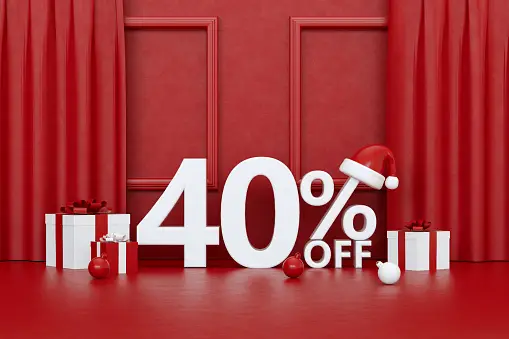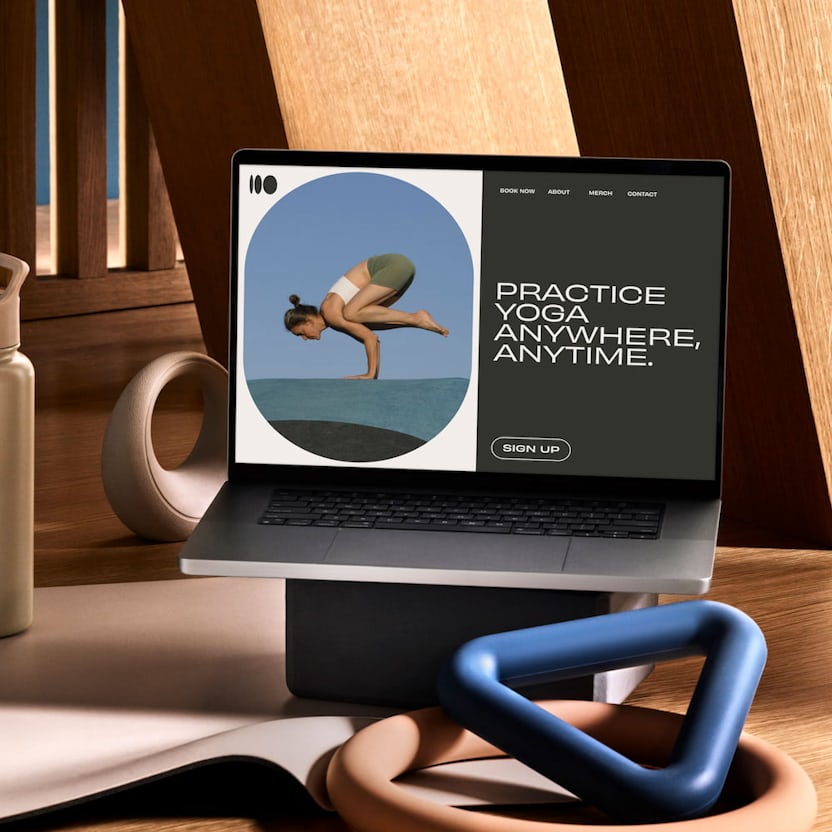
A Detty or Clean December?
Are you having trouble deciding which seasonal pop-ups will encourage greater engagement and sales on your website during the holiday season? December storms with Santa and magic: what packages are available for your customers to unbox?
Amazon is currently running free delivery on millions of products for its Prime members and offering sweet discounts on purchases of popular products to increase customer loyalty and boost sales during the holiday season. Uber is rewarding users with Uber Cash benefits to persuade people to get vaccinated, attract new clients, and improve customer retention and engagement. Other well-known e-commerce companies, such as Walmart, Best Buy, and eBay, have Black Friday and Cyber Monday discount deals on a wide range of products. A lot of websites offer free shipping, price matching, curbside pickup, longer returns for online shopping, and other features. These websites are vying with Amazon for users’ attention and market share.
So if you still think you need to do nothing to drive sales or get a share of your market during the holiday season, you’re very much behind!

During the holidays, consumers are always searching for companies that provide the greatest bargains and savings in comparison to their rivals. If you want to run a lucrative and competitive e-commerce business, you must carefully plan and implement your pricing and promotional tactics. There exists a correlation between an increase in orders and the volume of customer inquiries and support requests that a website receives. To provide consumers with quick, easy experiences, e-commerce companies must build up efficient tools. The equipment is necessary for them to expand their customer service departments to handle the influx of inquiries that the holiday season brings.
You must already know that implementing these tactics manually is a huge workload, if not impossible. There is only so much phone support and live chat can do. Email remains the most vital tool for driving effective customer service and support. The standard conversion rate for Internet shopping pop-ups is 3.09%, which means three out of 100 guests who visit a website sign up on the website.
 However, the pop-up conversion rate is determined by its categorized design, timing, and targeting. Exit intent pop-ups have a standard conversion rate of 4.28%, whereas timed pop-ups have an average conversion rate of 2.6%. The pop-ups with the highest conversion rate have a 9.28% conversion rate.
However, the pop-up conversion rate is determined by its categorized design, timing, and targeting. Exit intent pop-ups have a standard conversion rate of 4.28%, whereas timed pop-ups have an average conversion rate of 2.6%. The pop-ups with the highest conversion rate have a 9.28% conversion rate.
Other e-commerce websites like Amazon, Uber, eBay, and Bolt, among others, utilize pop-up optimization on their websites to provide personalized experiences for their customers, notify customers of exclusive discounts during seasonal periods or new arrivals, generate leads, and gather customer inquiries and support through effective email communication. This is made easy through the use of pop-ups on your website!
How do you optimize pop-ups on your website to drive sales for seasonal marketing?
LeadForza’s robust social proof pop-ups have you covered. Create your pop-up in five minutes or less with our 30+ categories of social proof pop-ups you can customize in 1000 ways to suit your brand preference, sit back, and watch as your list grows. With LeadForza, you can quickly enable your e-commerce to capture more quality email lists and four times your earnings.
However, since we love bringing value to your doorstep, here’s a comprehensive guide on how to design seasonal pop-ups that resonate with specific themes and customer behavior.
10 Effective Strategies to Design Seasonal Pop-ups that align with specific themes
- Conduct extensive research on a seasonal theme.
- Curate a compelling narrative or text that aligns with a seasonal theme.
- Employ captivating visual alignment.
- Utilize limited-edition merchandise to create a sense of scarcity.
- Design pop-ups to announce a workshop or event that aligns with the seasonal theme.
- Employ enticing elements that appeal to the senses.
- Collaborate with local artists to create works of art or installations that align with the theme.
- Integrate a social media strategy that builds anticipation and excitement.
- Employ customized packaging and branding.
- Analyze pop-up metrics.
Conduct Extensive research on a Seasonal theme

You might begin by learning every detail there is to know about the selected seasonal theme. To ensure authenticity and importance, try to come up with ideas and comprehend the cultural, historical, and contemporary aspects related to them. Next, create pop-ups that include seasonal theme colors or cultural themes.
Curate a compelling narrative or text that aligns with a seasonal theme.

You can write a captivating narrative or text that relates to the seasonal subject using immersive storytelling. Also, provide emotionally or psychologically relatable characters or events to improve the pop-up’s overall experience for customers.
Employ Captivating Visual Alignment

You may establish a connection between your brand and your target audience by creating eye-catching displays that express the spirit of the season. To create the ideal mood, use textures, lighting, and a color scheme that work well together to design your pop-ups. To promote client interaction, think about adding interactive components.
Utilize limited-edition merchandise to create a sense of scarcity

Introduce unique, limited-edition goods that are specifically associated with the season. Customer interest and sales are boosted by the pop-ups’ perception of exclusivity and urgency brought about by their scarcity.
Design pop-ups to announce Workshop or event that aligns with seasonal theme

Employ Enticing elements that appeal to the senses
Use features such as taste samples, background music, and seasonal scents to create an experience that appeals to all senses. Providing a multisensorial experience enables patrons to completely lose themselves in the themed setting.
Collaborate with local artists to create works of art or installations that align with the theme
Collaborate with nearby artists to produce custom pieces of art or installations that go well with the seasonal motif. This gives the pop-up more authenticity while also benefiting the neighborhood.
Integrate a social media strategy that builds anticipation and excitement

Create a social media plan that increases the anticipation and excitement before the pop-up. Share previews and behind-the-scenes content on social media sites like Facebook, Instagram, and Twitter to interact with prospective buyers.
Employ customized packaging and branding

Take the topic of your product’s branding and packaging. Create bespoke packaging that embodies the aesthetics of the season to provide consumers with a unified and unforgettable brand experience.
Analyze pop-up metrics
Also, you can regularly assess the performance of your pop-up using measures like Google Analytics, foot traffic, revenue, and client satisfaction. This can help you improve the overall efficacy of your themed retail experiences and hone your strategy for upcoming seasonal pop-ups.
Fast-paced growing companies like Apple build temporary pop-up stores to accommodate the surge in demand during seasonal periods. They strategically locate pop-ups in high-traffic areas where new products, exclusive discounts, and special offers are located on their shopping platform. Also, they design limited-time pop-ups to create a sense of scarcity and urgency to drive sales on seasonal-themed products. Other remarkable industries that utilize strategic seasonal pop-ups during festive seasons are Lush Cosmetic company and Target’s Halloween Hyde and Eek. These industries recognize the high profit returns sales during seasonal seasons pose on their business thus, create effective strategies in place to handle the situation.
In Conclusion
Creative thinking, painstaking attention to detail, and strategic preparation are all necessary for a seasonal pop-up to succeed. You can make sure that your customers have an unforgettable experience by conducting thorough research, telling captivating stories, designing visually appealing displays, and offering limited-edition products. Incorporate the senses through interactive workshops, collaborate with local artists, and maintain a strong social media presence to build suspense. Use sustainable packaging techniques and maintain the theme ambiance to offer a complete and authentic brand experience. Regularly assess your pop-up’s performance using metrics and user input to make improvements to your strategy. Your seasonal pop-ups will complement specific themes and make an impression on customers by putting these ten effective strategies into practice. This will encourage customer patronage and passion for the next shopping trip.
